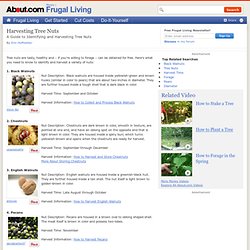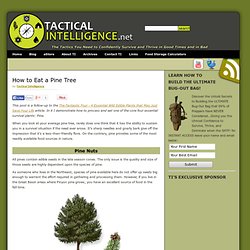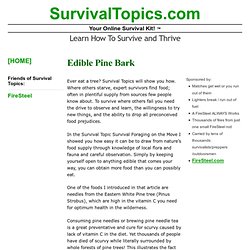

Huckleberries. There’s nothing like the taste of fresh huckleberries in the summertime.

Lucky for us in the Pacific Northwest, we have three species of huckleberries to choose from: black huckleberry, red huckleberry and evergreen huckleberry. Huckleberries are in the Heath family, which includes other edibles like blueberries, wintergreen, cranberry and salal. Heath family members commonly like acidic soils, have alternate leaf and branching patterns, and have bell or urn-shaped flowers. Black huckleberry, Vaccinium membranaceum, as its name suggests, produces black berries that are said to be one of the most delicious in the area. Its flowers are creamy pink to yellow pink and urn-shaped. Red huckleberry, Vaccinium parvifolium, is also named for the color of its berries.
Evergreen huckleberry, Vaccinium ovatum, is an evergreen shrub which produces dark purplish-black berries. Huckleberries are a great treat in the late summer or early fall, and can be enjoyed in many ways. Identifying & Harvesting Tree Nuts. Tree nuts are tasty, healthy and – if you're willing to forage – can be obtained for free.

Here's what you need to know to identify and harvest a variety of nuts: 1. Black Walnuts Nut Description: Black walnuts are housed inside yellowish-green and brown husks (similar in color to pears) that are about two-inches in diameter. They are further housed inside a tough shell that is dark black in color. Harvest Time: September and October Harvest Information: How to Collect and Process Black Walnuts 2. Nut Description: Chestnuts are dark brown in color, smooth in texture, are pointed at one end, and have an oblong spot on the opposite end that is light brown in color.
Harvest Time: September through December Harvest Information: How to Harvest and Store ChestnutsMore About Storing Chestnuts 3. Nut Description: English walnuts are housed inside a greenish-black hull. Harvest Time: Late August through October Harvest Information: How to Harvest English Walnuts 4. How to Eat a Pine Tree. This post is a follow-up to the The Fantastic Four – 4 Essential Wild Edible Plants that May Just Save Your Life article.

In it I demonstrate how to process and eat one of the core four essential survival plants: Pine. When you look at your average pine tree, rarely does one think that it has the ability to sustain you in a survival situation if the need ever arose. It’s sharp needles and gnarly bark give off the impression that it’s a less-than-friendly flora. On the contrary, pine provides some of the most readily available food sources in nature. Pine Nuts All pines contain edible seeds in the late season cones. As someone who lives in the Northeast, species of pine available here do not offer up seeds big enough to warrant the effort required in gathering and processing them. Gathering and Processing Pine Nuts The best time to gather pine nuts is in September and October. Notice the seeds w/in the cones Pine Needle Tea Male Pine Cone Flour Edible Pine Bark You can eat bark? Boiling Frying. Edible Pine Bark. Ever eat a tree?

Survival Topics will show you how. Where others starve, expert survivors find food; often in plentiful supply from sources few people know about. To survive where others fail you need the drive to observe and learn, the willingness to try new things, and the ability to drop all preconceived food prejudices. In the Survival Topic Survival Foraging on the Move I showed you how easy it can be to draw from nature’s food supply through knowledge of local flora and fauna and careful observation.
Simply by keeping yourself open to anything edible that comes your way, you can obtain more food than you can possibly eat. One of the foods I introduced in that article are needles from the Eastern White Pine tree (Pinus Strobus), which are high in the vitamin C you need for optimum health in the wilderness. Consuming pine needles or brewing pine needle tea is a great preventative and cure for scurvy caused by lack of vitamin C in the diet. Finding Trees to Eat Native Americans Ate Bark.
Acorns As Survival Food. How To Make Acorns Edible.